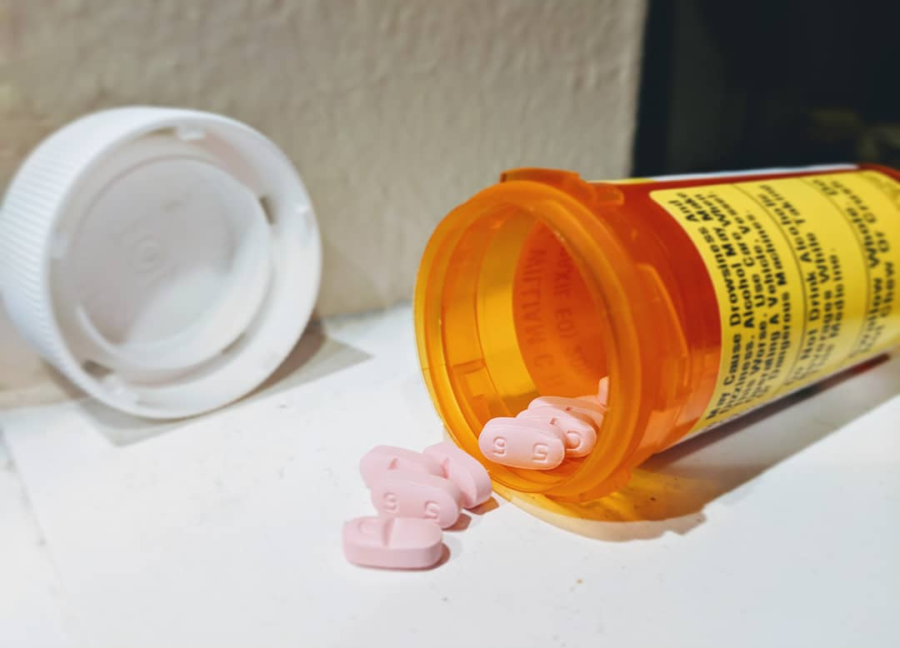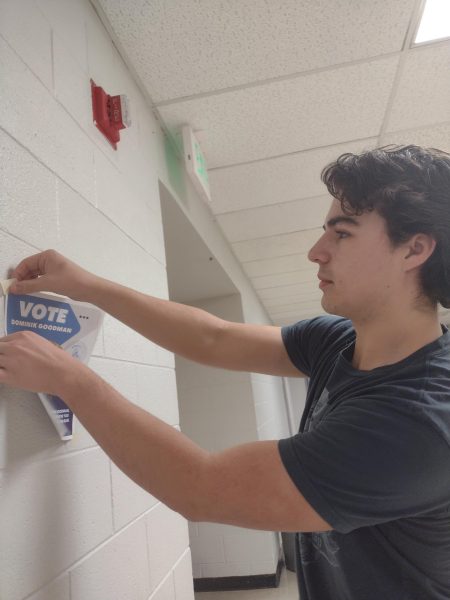Painkillers and Heroin: an American Epidemic
“It’s an epidemic. You can use that term without it being an exaggeration. It is truly an epidemic,” said Dr. Jamie Riesberg, a family medicine physician out of Robinson Family Clinic.
This statement is in regards to one of the most problematic issues facing the U.S. today- the opioid crisis. Opioids have been over-prescribed throughout the country since the 1990s, and now American citizens are paying for it with their lives.
During the late 19th century, opioids became a common necessity in doctors’ offices. Pharmaceutical marketers began advertising the drugs as healthy, risk-less solutions to any sort of pain. They assured customers that pain relievers such as Percocet or Oxycontin were in no way addictive, and because of this, medical professionals began to prescribe them at alarming rates. As studies show now, that was the beginning of rampant reports of addiction, overdoses, and even transitions to harder opioids such as heroin.
In the early 2000s, before the detrimental effects and high addiction rates of opioids were fully realized, the drugs were being prescribed in enormous amounts. By 2012 the amount of prescriptions had peaked, totaling at 81.3 prescriptions per 100 people. The costly result of this can be shown by data collected in March of 2018, reporting that 115 people overdose and die on opioids each day.
So if people know that an overdose of these drugs is fatal, why do they keep taking them?
When an opioid is ingested (or injected), it dissolves into the bloodstream, almost immediately releasing a rush of dopamine and endorphins. This creates a sense of extreme euphoria- the “high” that is irresistible to some. Because of its great appeal and otherworldly effect, users will continue taking the drug. However, after a few uses the brain will no longer create dopamine and endorphins, making that drug the only source of happiness and pleasure for that person. This causes them to become addicted and feel that they cannot stop taking the drug. Eventually, a tolerance to it is built up and users will take too much, or move on to a stronger, more dangerous substance such as heroin. At this point, the addiction becomes most fatal, and users can die from an overdose.
Dr. Riesberg sees his fair share of patients who become addicted to opioids and describes the unfortunate effect as “pretty common.”
“We have observed in our practice probably about 10% of our patients have some sort of difficulty with opioid addiction- and that is either they have a hard time getting off of it or they abuse it,” he said.
What’s even worse than becoming addicted to medically prescribed painkillers is the other addictions that can stem from them. The drug, heroin, belongs to the same category as prescription pain pills- opioids. However, it is remarkably stronger than medically approved pain medicine. For reference, it is three times stronger than morphine. When painkillers such as Vicodin simply aren’t enough anymore for addicts, it is common for them to move on to heroin.
According to www.drugabuse.gov, 86% of young, injection-drug users interviewed in 2008/2009 had used prescription painkillers before transitioning to heroin. A survey taken of heroin abusers who began their addictions in the 2000s showed that 75% also started their path of drug-abuse with prescription pills.
“Unfortunately, we even had a soldier last week who had a surgery a long time ago and was on opioid pain medicine for his surgical pain and became addicted. That eventually transitioned to heroin,” contributed Dr. Riesberg.
While heroin is already dangerous because of its increased likelihood of overdose and 23% addiction rate, most heroin is not pure. It is made with many other dangerous chemicals in order to reduce the price of production and to give the product an “extra kick.” This “extra kick” makes the drug more marketable for certain distributors, causing their business to stand out among others, increasing profit. Most heroin is now laced with the drug, Fentanyl. Fentanyl is 50 times stronger than heroin – 3 milligrams of it is enough to kill an adult male. This only spurs on the dire need for government reform.
Luckily, this reform has already begun and is beginning to have a positive effect on the U.S.
In 2016, the opioid prescribing rate was 66.5 for every 100 people. This was the lowest it had been in the past 10 years, a promising victory for the health of Americans.
In April of 2017, the Department of Health and Human Services (HHS) outlined a five point plan to reduce opioid distribution and use. The plan is shown in this written testimony on behalf of the witnesses from the HHS: https://www.drugabuse.gov/about-nida/legislative-activities/testimony-to-congress/2017/federal-response-to-opioid-crisis
A little bit closer to home, the state of Colorado is reportedly beginning to work towards fixing this crisis as well.
“I got an email last week actually from my state licensing agency. It said that the Colorado legislature is considering a law that you can only prescribe opioid medications for a maximum of seven days with an option to extend for a second week, but that would be it. So the most a patient could get would be fourteen days of an opioid,” said Dr. Riesberg.
Addiction is still an undeniable problem in America, but it is reassuring to know that aggressive action is being taken to fix it.

Hi there, I'm Kaitlyn, and I am the managing editor of this excellent publication. I'm a senior here at Air Academy, a military brat who has moved 13 times,...









Jayci • Oct 1, 2018 at 1:26 pm
This is a great article! Loved the style of writing.
Larry McAlister • Apr 16, 2018 at 10:39 am
I am a big fan of Ms. Waynick. Not only does she research her stories well, her style of writing is easy to read.
Whether she is doing a news story, or short story, fact or fiction…she nails it every time.
Bravo Kaitlyn!